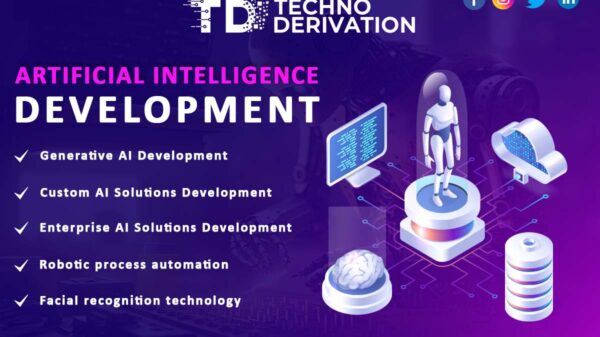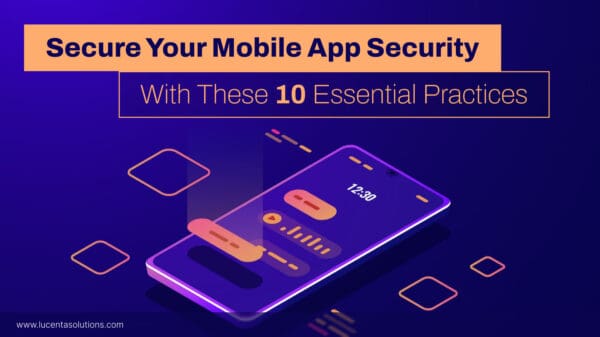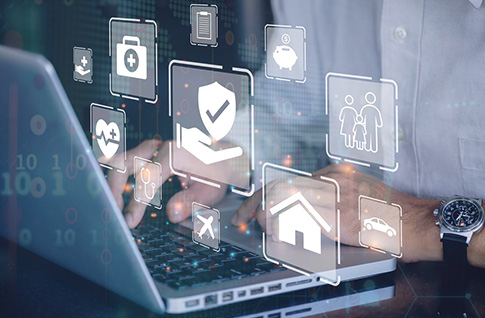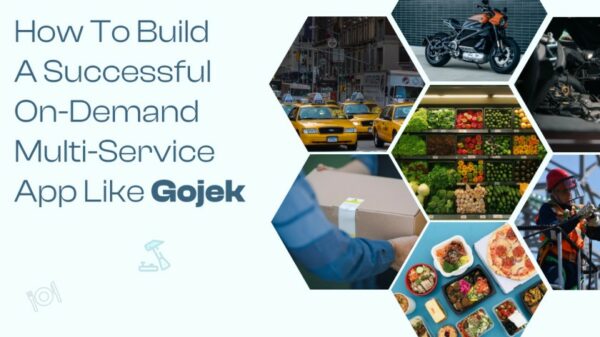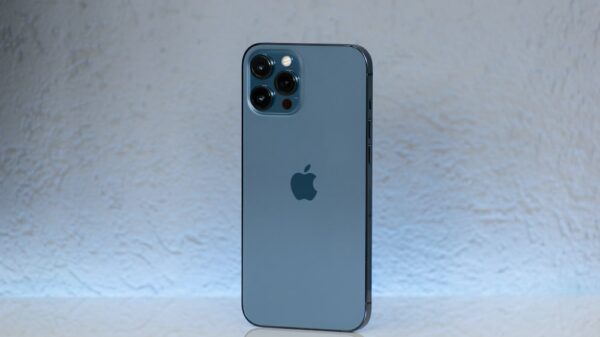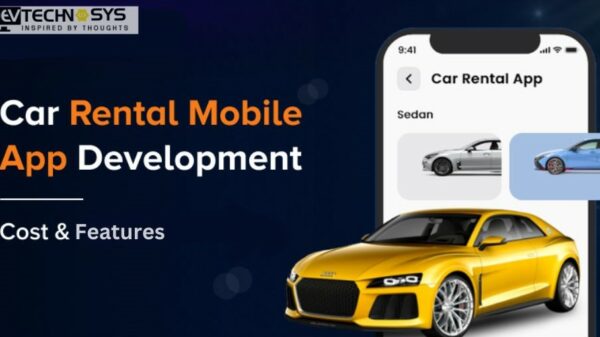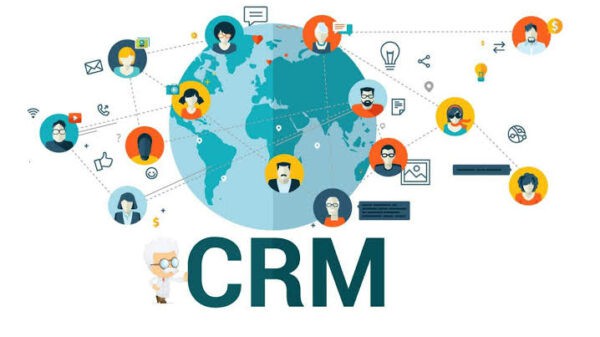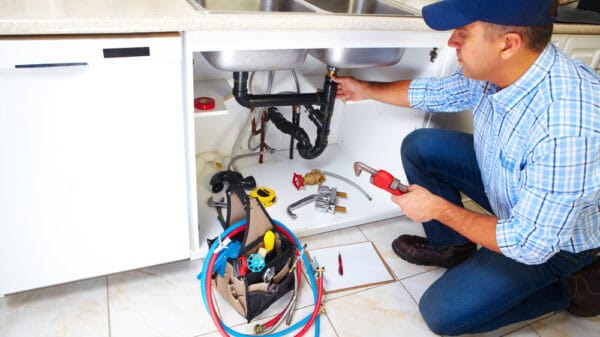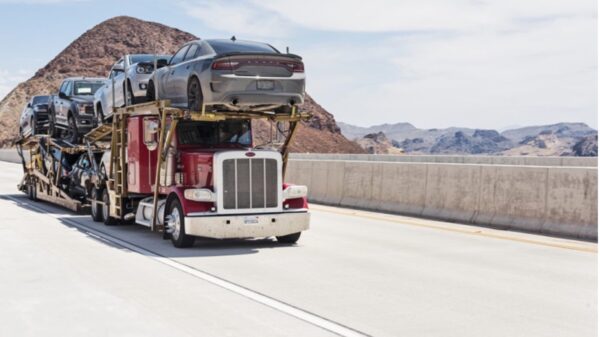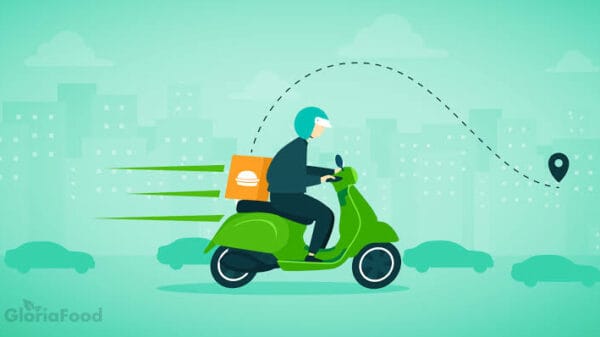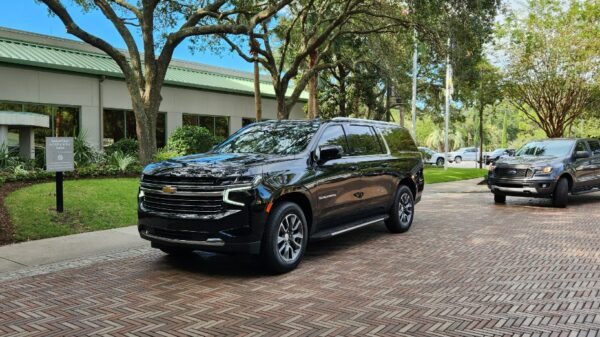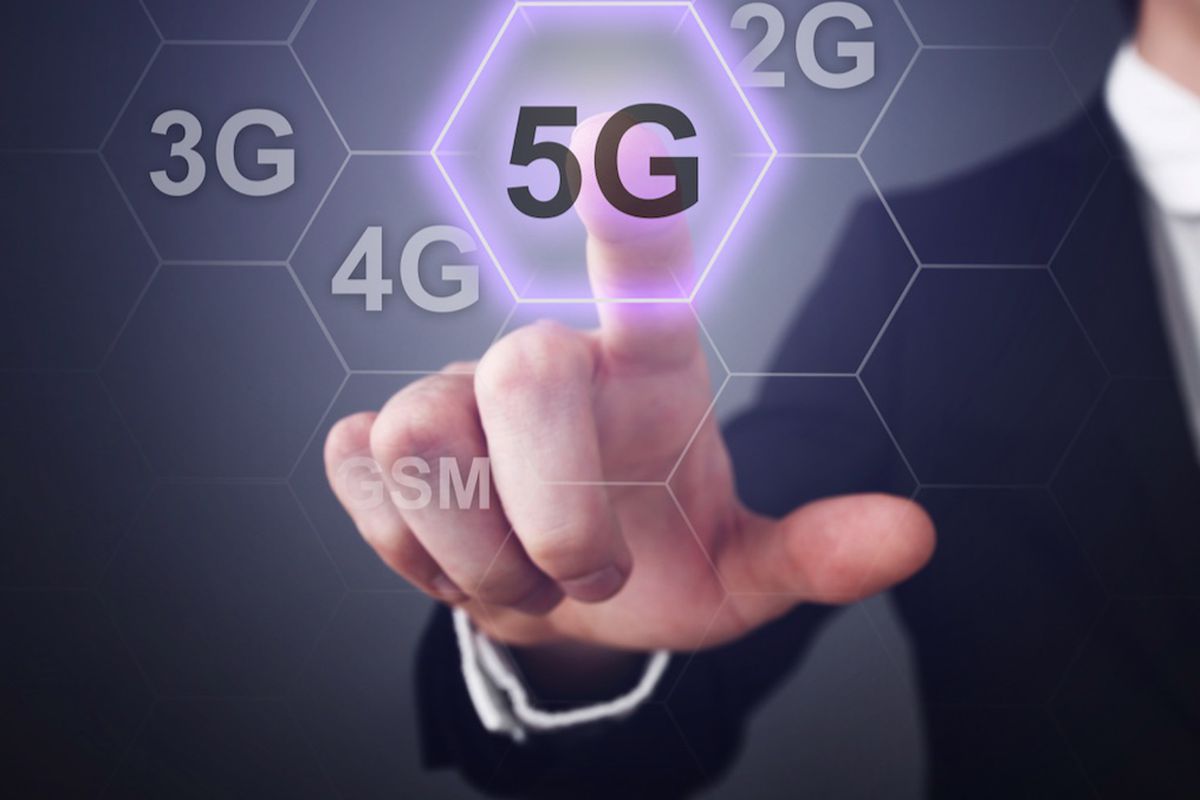Smart houses have been shown to improve energy efficiency, and in effect, cut homeowner costs while conserving the environment. Smart technology also helps you save time by automating appliances, door locks and your security system. The future of this technology in which everything is connected, automated and inter-communicative is what futurists are calling “smart cities.” In a smart city, self-driving cars are connected to traffic lights and roads, making them aware of traffic changes. Smart cities will save time and cut gas costs for commuters, and make the entire area more efficient and sustainable.
What makes all this possible? Fifth generation (5G) technology, which instantly allows for billions of new connections to exist between cars, appliances, devices and more. This is the next generation in line after today’s 4G wireless networks. On the 5G network, connections will be faster and more reliable, because the signals can’t be blocked by buildings, trees or other obstacles that affect today’s signals. When it comes to your daily commute, 5G technology will make your ride safer, faster and more enjoyable.
The Self-Driven Commute
In the near future, urban centers will enter the era of self-driven vehicles. Major companies have been working on this technology for years, as there’s a lot to be gained from it. A car that drives itself using artificial intelligence (AI) technology eliminates human error in driving and makes your commute safer. It also frees up your attention so that you can focus on other things instead of the road. That means getting some extra work in, taking an important phone call or enjoying some entertainment.
Smart Traffic Lights
Self-driving cars won’t be the only “smart” technology in a smart city. In order for vehicles to drive themselves, the entire city’s transportation network needs to transform into a “teletopia,” in which sensors on traffic lights and on the roads collect information and communicate with vehicles. Smart traffic lights will be able to recognize changes in traffic patterns and signal information to other traffic lights, enabling the entire traffic light system to be aware and adjust according to far-reaching traffic. This allows traffic lights to streamline traffic and prevent heavy congestion. As a result, your commute gets shorter, saving you time and cutting your cost of gas. Congestion on the roads will also be reduced by the pinpoint accuracy self-driving vehicles have, which enables them to drive closer together and require less road space.
Hyper-Speed Internet
When it comes to speed, the 5G network puts 4G to shame. With wireless connection speeds up to 10 GB per second, plus a 100-fold increase in network efficiency and traffic capacity, 5G makes patchy connections a thing of the past. If you want to stream music or video from the internet on your mobile device while on your daily commute, you won’t have any lags, and you don’t have to download media in advance. If you do need to download a file, however, you can do so at a rate of 1 GB per second thanks to 5G’s lighting-speed connection. It also has ultra low-latency, which means its signal won’t be disrupted by buildings, tunnels and other obstacles on the road.
A 5G Future
In the future of 5G wireless networking, technology will make us more efficient. Every industry will be transformed by the Internet of Things (IoT), in which devices, appliances, buildings and more are able to communicate with each other. Transportation will not be an exception, and it will allow everyday people to enjoy a smoother, faster and more productive commute to work.
Thanks for reading this article. If you're new here, why don't you subscribe for regular updates via RSS feed or via email. You can also subscribe by following @techsling on Twitter or becoming our fan on Facebook. Thanks for visiting!






